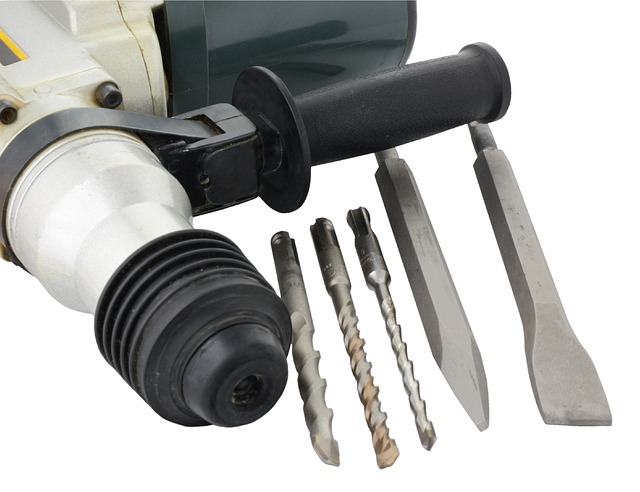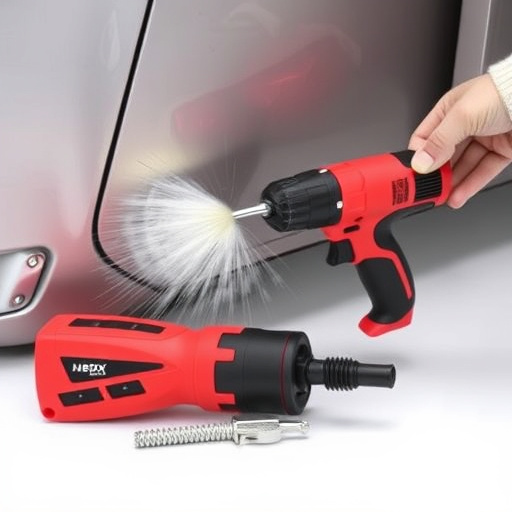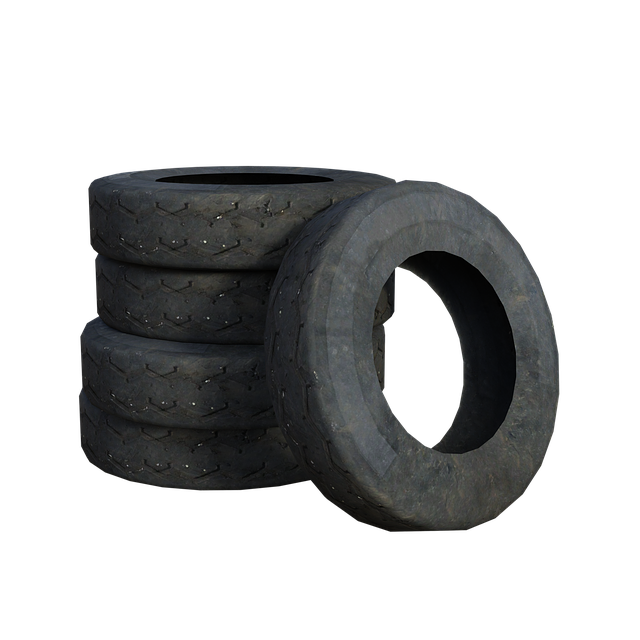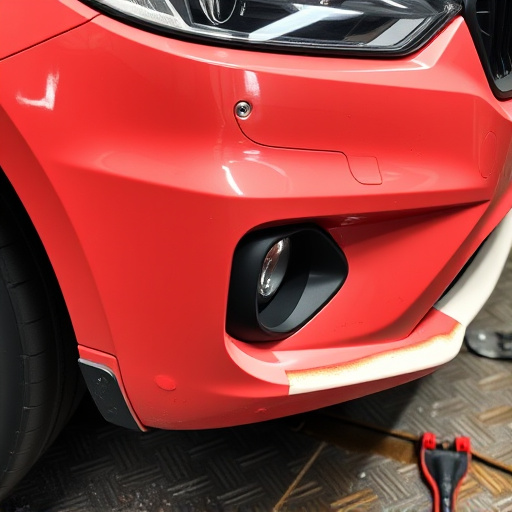The Direct Repair Program (DRP) facilitates auto body repair by setting criteria and qualifying shops to ensure quality. After DRP approval, efficient execution is key for timely repairs, involving detailed planning, skilled labor, inventory management, and transparent communication to meet customer needs effectively.
“The future of repairs is here with the Direct Repair Program (DRP) revolutionizing the industry. As pending applications queue up, understanding the next steps is crucial for both applicators and consumers. This article guides you through the process, from evaluating comprehensive application reviews to navigating DRP’s approval processes. We’ll explore post-approval strategies ensuring efficient direct repair execution. By delving into these insights, you’ll be equipped to thrive in this evolving landscape.”
- Evaluating Pending Applications: A Comprehensive Look
- Navigating Approval Process: Direct Repair Program's Role
- Post-Approval Strategies: Efficient Direct Repair Execution
Evaluating Pending Applications: A Comprehensive Look

Evaluating pending direct repair applications is a meticulous process that demands close attention to detail. The primary objective is to ensure each claim aligns with the eligibility criteria set forth by the direct repair program (DRP). This involves thoroughly reviewing every aspect of the application, from the initial assessment reports to supporting documentation. It’s crucial to verify that damage is within the scope of approved repairs, which often includes services like paintless dent repair and auto glass replacement.
This comprehensive look at pending applications should also factor in the reputation of the body shop services involved. Reputable shops with a proven track record of quality workmanship are more likely to accurately represent the extent of damage and adhere to DRP guidelines. Ensuring these standards is vital for maintaining the integrity of the program and delivering exceptional customer experiences.
Navigating Approval Process: Direct Repair Program's Role

The approval process for direct repair applications is a crucial step in the auto repair journey. The Direct Repair Program (DRP) plays a pivotal role in this process, acting as a bridge between insurance providers and auto repair shops. Once a customer files a claim for car bodywork services or vehicle repair near me, the DRP evaluates the damage, ensuring it aligns with the scope of work approved by the insurance company. This meticulous navigation guarantees that only authorized and qualified shops can handle specific repairs, maintaining quality standards.
The program’s significance lies in its ability to streamline the claims process, making it more efficient for both policyholders and insurers. By adhering to predefined guidelines, it facilitates quick approvals for legitimate auto repair near me needs, ensuring customers receive the necessary car bodywork services promptly. This streamlined approach not only benefits individuals but also contributes to a robust network of reliable vehicle repair services.
Post-Approval Strategies: Efficient Direct Repair Execution

After a direct repair program (DRP) approval, efficient execution is key to ensuring smooth and timely repairs for fender bender or vehicle paint repair incidents. The first step involves meticulous planning based on the approved scope of work. This includes gathering all necessary materials and making sure that trained technicians are available to handle the job. A well-stocked inventory and skilled labor force can significantly expedite the entire process, minimizing customer wait times.
Additionally, effective communication with both customers and insurance providers is vital. Keeping everyone informed about progress ensures high satisfaction levels. Regular updates on vehicle repair status, including any unforeseen challenges or delays, foster transparency. This strategy not only builds trust but also enhances the overall customer experience, making it a critical component of successful post-approval strategies for direct repair execution.
As we’ve explored the intricacies of pending direct repair applications, it’s clear that a thorough evaluation and efficient execution process are key. By understanding the approval process and implementing post-approval strategies, businesses can leverage the benefits of the Direct Repair Program to streamline repairs, enhance customer satisfaction, and ultimately drive operational success.














